Brainfuse is an online tutoring company that connects students with expert tutors through a web-based classroom. It offers live, on-demand help for grades 4 through college. Students can get help in many subjects like math, science, reading, languages and more, and even use writing labs and test-prep tools. Many schools and libraries offer Brainfuse for free to their students. In this article we analyze Brainfuse’s reviews, pricing, and features in 2025, and compare it with alternatives like My Engineering Buddy.

Brainfuse Reviews and Testimonials
Brainfuse’s own marketing and partners highlight positive feedback. For example, a college student said the tutor “explained the problems in simple steps” and he “highly recommend[s] this service”. A parent called Brainfuse “a lifesaver” for her stressed daughter. Another student wrote, “I love Brainfuse! … I now understand the subject”. The company even cites studies showing Brainfuse “significantly boosts test scores” and is seen as “fun, engaging and helpful” by users. These testimonials suggest many students find Brainfuse tutors clear and helpful.
Independent reviews show mixed opinions. On job sites, Brainfuse’s rating is around 3 out of 5 stars. Tutors often praise the flexible hours and ability to work from home, but many warn the pay is very low. One review states Brainfuse “pays only $10 an hour”. Others note that tutors often must juggle multiple students at once for the same pay. These comments highlight complaints about low pay and workload, even though the job itself is convenient and flexible.
So is Brainfuse legit? Yes. It is a long-running U.S. company endorsed by schools. For example, it recently partnered with the official GED Testing Service, and it’s described as a trusted name in online tutoring for over 25 years. Brainfuse has served millions of learners. The mixed tutor reviews do not indicate a scam; they simply reflect typical job issues. Overall, Brainfuse is a genuine tutoring service, though like any company it has pros and cons.
In summary, Brainfuse offers real one-on-one tutoring and generally satisfied students, but some tutors question its pay and support. It is a genuine platform used by many schools and libraries. Parents and students should note that Brainfuse can be a helpful and reliable service, though its exact pricing and tutor experience may vary.
Brainfuse Pricing
Pricing Range
Brainfuse’s pricing depends on who pays. Schools and libraries typically buy blocks of hours. For example, one proposal lists hourly rates around $25, with discounts for large volume (down to about $24/hr for very large contracts). Individual students usually do not pay by the hour; Brainfuse is often free for students via library or school programs. Recently Brainfuse began selling tutoring to individuals (for example, a GED tutoring service that offers 1-hour or 4-hour packages).
What Students Say About Brainfuse Pricing
Most student feedback focuses on using Brainfuse through libraries or schools. Indeed, Brainfuse notes it is “free to all students who qualify” under federal school programs. We found few complaints about Brainfuse costs, likely because it is often offered at no charge to the user. If a student’s family must pay directly (such as for the GED package), the pricing details are not clear on the website, but users can contact Brainfuse for specifics.
Hidden Costs
Brainfuse says there are no hidden fees. In its materials, Brainfuse states that hourly rates are “all-inclusive” (covering taxes, materials, etc.) and that there are “no administrative or startup costs”. They only bill for minutes of tutor time (for example, a 10-minute session is charged as 10 minutes). Unused hours simply roll over to the next year. In short, clients pay only for the actual tutoring time and get no surprise charges.
How Brainfuse’s Pricing Works
In practice, Brainfuse contracts work like this: a school or library agrees to purchase a minimum number of tutoring hours (often 200 hours or more). Brainfuse then charges for the exact amount of time tutors spend with students. For example, if a student needs a 45-minute math session, the school is billed 45 minutes. Discounts apply for larger purchases. Students get unlimited access to schedule these sessions up to the purchased hours.
Free Trial
Brainfuse does not currently offer a public free trial. (In the past, Brainfuse planned to offer a trial for paid plans but today no trial is advertised. Users who want to try Brainfuse can contact the company for a demo or information, but otherwise there is no automatic free testing period for individual subscribers.
Refund Policy
Brainfuse’s website does not list a standard refund policy for end-users. In practice, their contracts allow unused hours to roll over instead of refunding money. If an individual paid for a package (like GED tutoring), they should check with Brainfuse or their payment service. Brainfuse does not promote any money-back guarantee on its public pages.
Brainfuse Alternatives
Students often look at other tutoring options besides Brainfuse. Here are some popular alternatives:
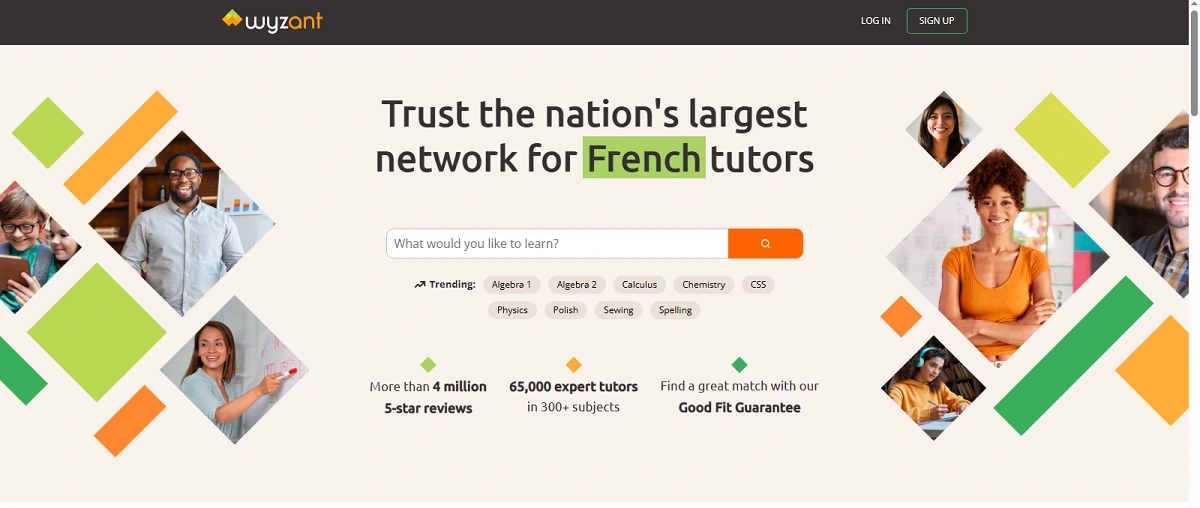
- Wyzant: An online marketplace where students find private tutors for many subjects. Pros: Huge choice of tutors, flexible scheduling, pay-per-session structure. Cons: Very high prices (the platform takes about 25% of each tutoring fee) and mixed tutor quality.
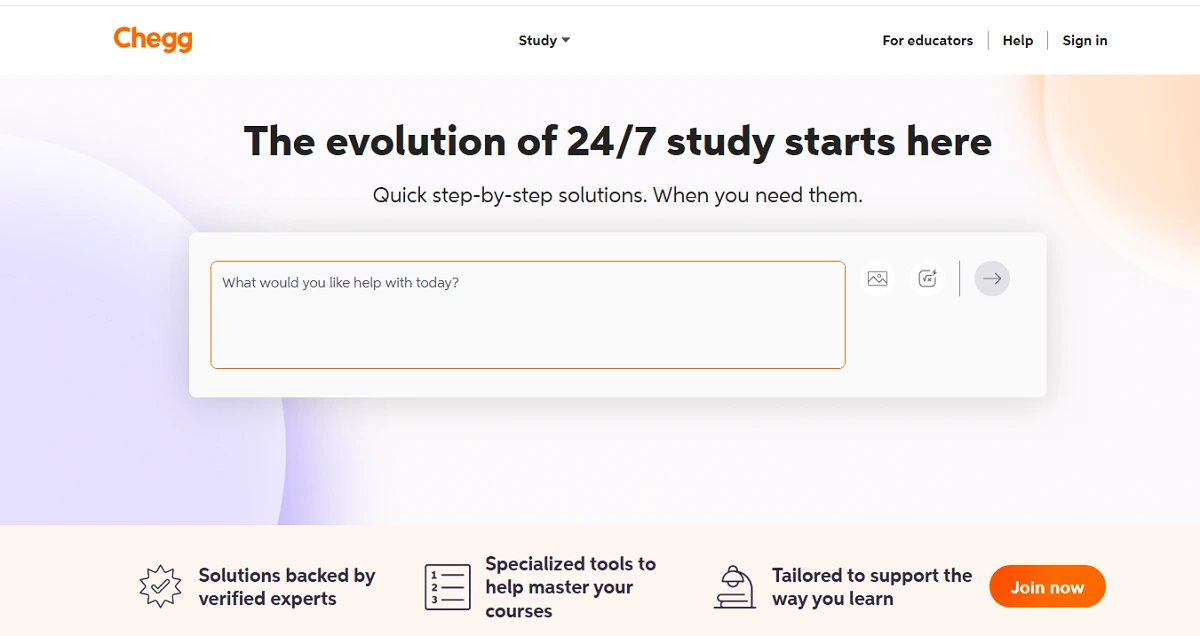
- Chegg: A subscription service offering homework solutions, textbook help, and 24/7 expert Q&A. Pros: Large library of solved problems and study materials, flat monthly cost. Cons: No live tutoring (answers come after a delay), and it’s geared toward Q&A rather than teaching concepts.

- Tutor.com: A service similar to Brainfuse, often provided for free by libraries/schools. Pros: Live tutoring in many subjects and 24/7 availability. It’s a stable, established service with qualified tutors. Cons: Limited scheduling if used outside library hours, and can be expensive if not covered by an institution.
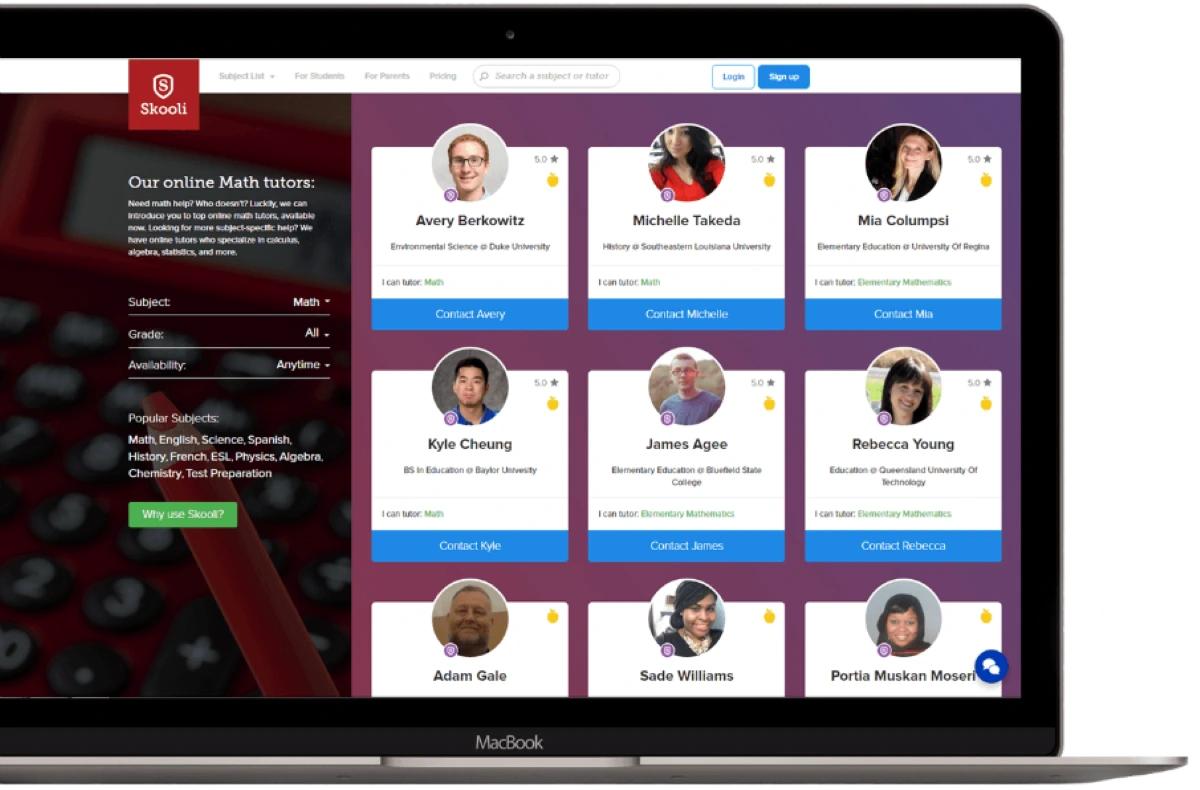
- Skooli: An online tutoring platform with certified teachers. Pros: Tutors are usually licensed educators; you pay per minute of tutoring. Cons: Generally more expensive on a per-minute basis, and fewer subjects than large platforms.
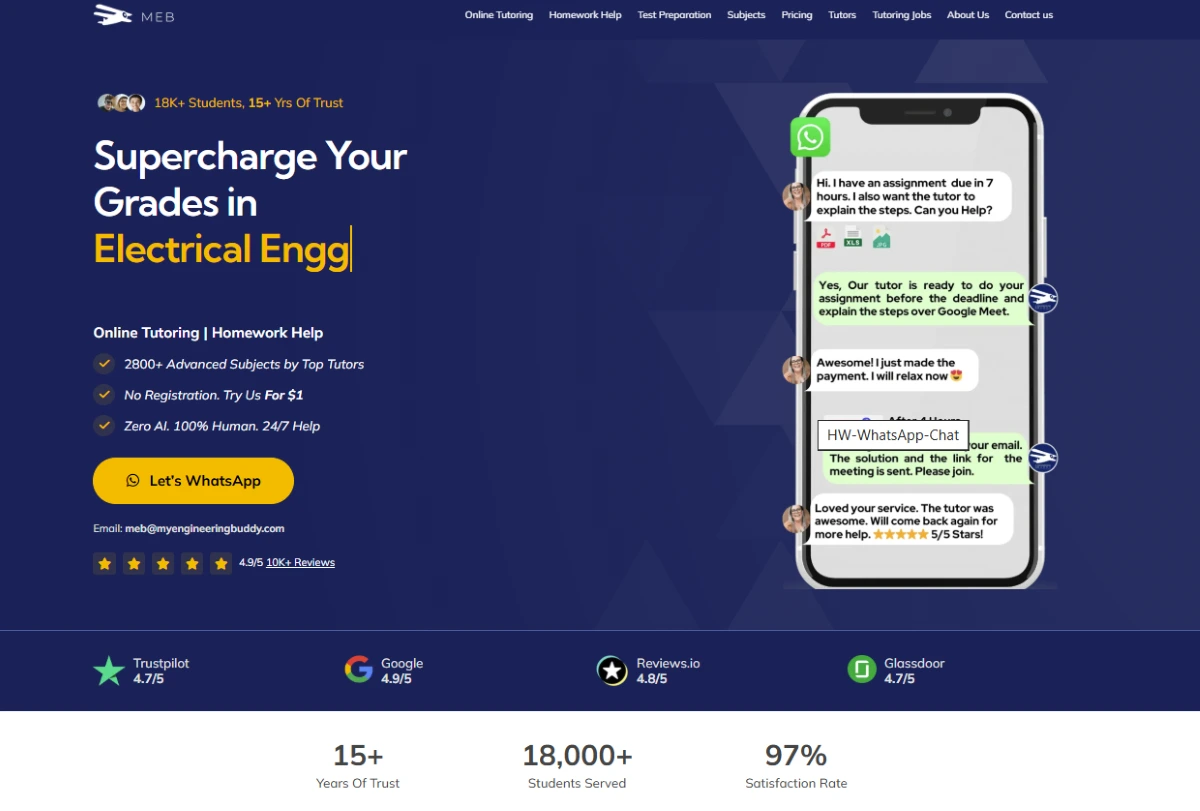
- My Engineering Buddy (MEB): A tutoring platform focused on engineering, math, and science for higher education. Pros: Excellent tutor quality (advertised as “top tutors” and 4.8/5 stars from hundreds of reviews), specialized help for STEM courses, transparent pricing (promotes “affordable pricing” on its site). Cons: Services are paid (no free access through schools), and it specializes in engineering so it’s not for general K-12 help.
How it Works
For Students
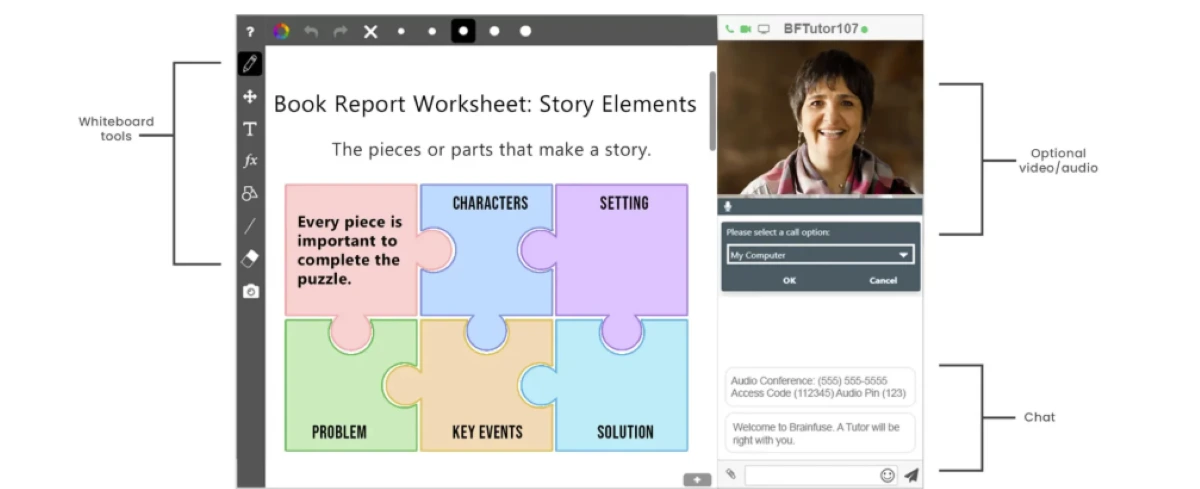
Students access Brainfuse through its website or a library portal. After signing up, a student logs in and selects a subject to begin a session. They enter a virtual classroom with a tutor using Brainfuse’s shared whiteboard and audio chat. Tutors guide students to solve problems (they “help master concepts” rather than just giving answers). The platform also offers features like a Writing Lab (where students submit essays and get feedback) and skill-building resources. Students use Brainfuse any time tutors are online, or they can schedule sessions in advance.
For Tutors
Teachers and experts apply to be tutors on Brainfuse via the company’s website or job listings. Applicants need relevant credentials: Brainfuse requires tutors to have a college degree and, in many cases, teaching experience. After acceptance, tutors set their availability schedule on the site. When a student requests help, an available tutor is matched to the student. Brainfuse pays tutors by the hour of active tutoring time.
Prospective tutors report that Brainfuse offers a very flexible, work-from-home job. Reviews note that you can choose when to work, which is a plus. However, pay is relatively low: tutors mention rates around $10 per hour for active sessions. Many reviewers say they must serve multiple students at the same time without extra pay. Also, tutors note that demand can vary seasonally – sometimes you “wait in front of the screen to be matched”with a student.
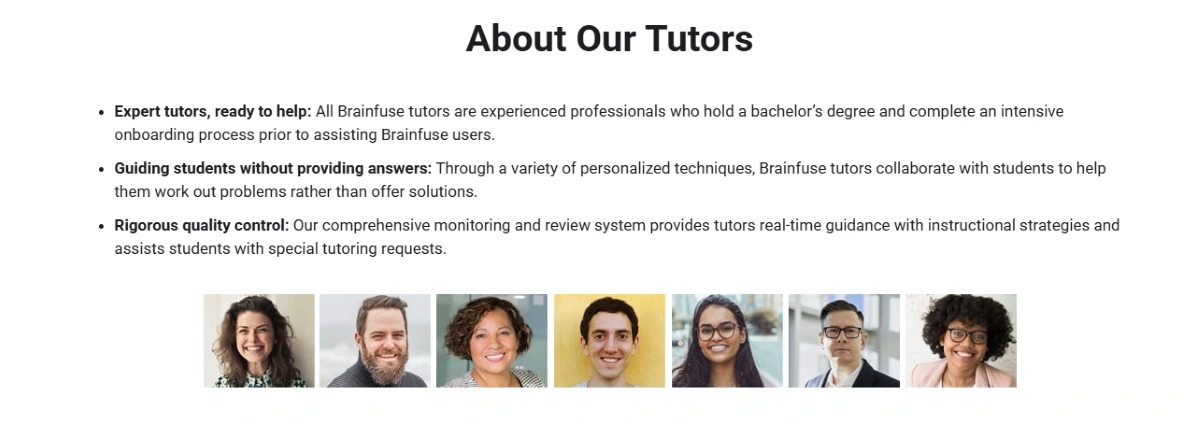
Brainfuse: Company Information
Brainfuse has been operating since the late 1990s and is based in New York City. It was co-founded by Francesco Lecciso, who serves as CEO. Today Brainfuse is described as a “trusted name” in online tutoring for over 25 years, and a “leading online resource” that supports learners nationwide. The company is U.S.-owned and has provided millions of tutoring sessions
Vision and Mission
Brainfuse’s goal is to help students succeed on their own schedule. It provides “academic assistance, career services, and learning tools” to schools, libraries, and individuals across the nation. For example, it offers live tutoring for K-12 subjects, writing assistance, and even career coaching for job-seekers. The CEO has emphasized meeting learners “where they are,” including helping students use new technologies (like AI) in their studies.
Global Presence
Brainfuse mainly serves the United States through partnerships with public libraries, colleges, and K-12 schools. It offers bilingual support (for example, Spanish-language tutoring). Brainfuse does not have an extensive global footprint on its own website, unlike My Engineering Buddy which explicitly lists service in the US, UK, Canada, Australia, and the Gulf. Most Brainfuse growth has been domestic, although it is accessible anywhere online.
Unique Features
Brainfuse’s platform includes a shared online whiteboard (QuickConnect) that both student and tutor use, and tools for scheduling and content sharing. It stands out for bundling live tutoring with supplemental tools: students can get writing feedback in a Writing Lab, watch instructional videos, and use practice tests. Brainfuse advertises that its U.S.-based tutors follow a curriculum aligned to state standards. It also advertises “no hidden fees” and rollover hours for customers, which is appealing to institutions.
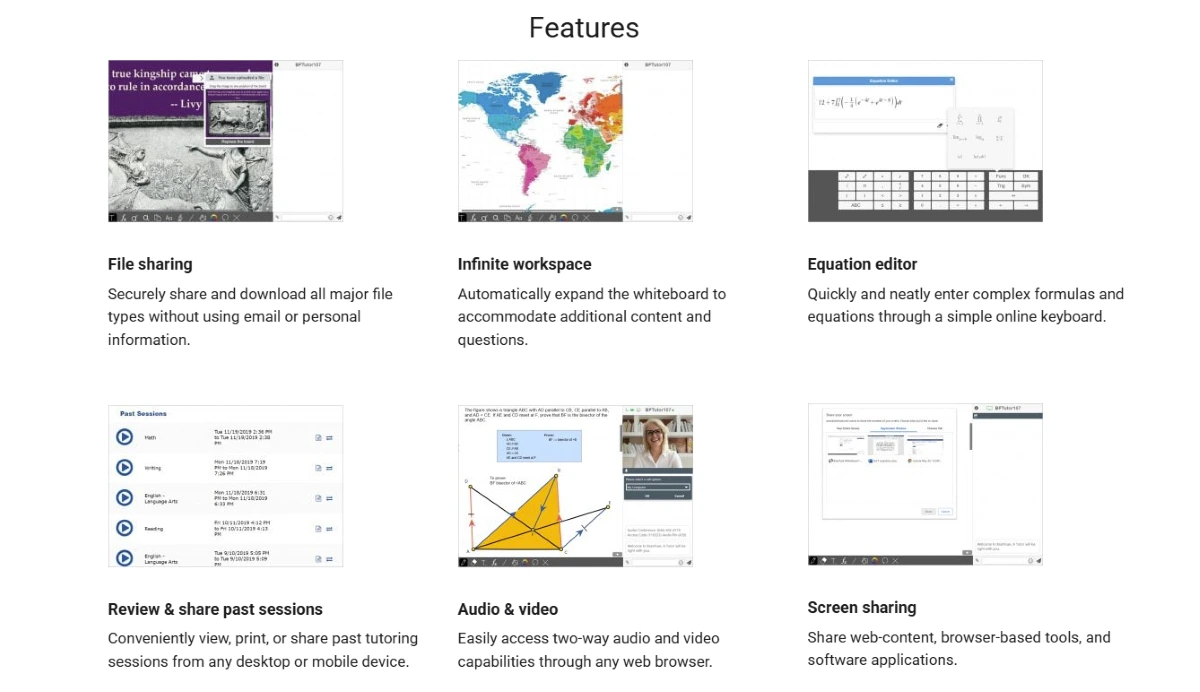
Drawbacks of Brainfuse
Some downsides are noted in reviews. Tutors have complained about low pay and being asked to handle multiple students simultaneously. Some users say the online interface is outdated compared to newer platforms. Because Brainfuse is often offered through institutions, it may have less flexible scheduling than direct-consumer sites. It also covers many subjects, which means it is not specialized in any one field (e.g. advanced engineering students might prefer a different platform).
Comparison with My Engineering Buddy
Brainfuse and My Engineering Buddy (MEB) serve different niches. Brainfuse provides broad K-12 and college help via schools and libraries, often at no cost to the student. MEB focuses exclusively on engineering, math, and science for higher-ed students. MEB advertises top-quality tutors with an average 4.8/5 rating from nearly 300 reviews. It also openly highlights its pricing as affordable on its site. The main trade-off is: Brainfuse is free (through institutions) and covers more general subjects, while MEB is paid and specialized in STEM topics.
Customer Support and Policies
Brainfuse provides customer support via email and phone. Its website lists email contacts (e.g. [email protected]) and a toll-free number. It also has a privacy policy and terms of use. The site does not detail student refund policies publicly; for questions, one should contact Brainfuse directly.
Brainfuse’s Future Plans (including AI)
Brainfuse is adding new services. In early 2025 it launched “AI Academic Integrity Tutoring,” a program where tutors teach students to use AI tools (like ChatGPT) effectively and ethically. CEO Lecciso said this service helps students use AI thoughtfully to support learning Brainfuse is also extending partnerships, the new Brainfuse GED Tutor (on the GED Marketplace) offers on-demand tutoring for adult learners. These moves suggest Brainfuse will keep integrating new technology and reaching new markets in the future.
FAQs About Brainfuse
- Is Brainfuse a legitimate tutoring service? Yes. Brainfuse has been operating for over 25 years and works with schools and libraries nationwide. It even partnered with the official GED Testing Service, which shows it is reputable. Many students access Brainfuse for free through their schools or libraries.
- How do I use Brainfuse? Do I need a library card? Students usually use Brainfuse through their library or school. You would log in on the Brainfuse site (or library portal) and pick a subject to start a session. If your school or library subscribes to Brainfuse, you typically don’t pay anything extra. Otherwise, Brainfuse also sells tutoring plans (for example, the GED tutoring hours) directly.
- How can I become a Brainfuse tutor? Brainfuse hires college graduates and teachers. To apply, you fill out a form and submit your resume/credentials. Tutors must pass background checks and a training program. If accepted, you set your schedule on the Brainfuse platform and begin tutoring students online.
- How much do Brainfuse tutors earn? Tutor pay is relatively low. Reviews mention that tutors make roughly $10–13 per hour for actual tutoring session. There may also be a smaller hourly rate for being on standby. Many tutors say this is lower than some other tutoring companies.
- Brainfuse vs. My Engineering Buddy: Which is better? Brainfuse is broad and often free (through libraries), covering K-12 and general college subjects. My Engineering Buddy (MEB) is focused on engineering and technical courses. MEB hires top tutors in those fields and has very high review. In short, Brainfuse is great for general homework help via schools, while MEB is ideal for paid, specialized engineering tutoring.
Conclusion
Brainfuse provides a wide range of live tutoring and study resources, and many students find it helpful. Its main advantages are broad subject coverage and often no cost to students through library programs. Its drawbacks include unclear pricing for individuals and some tutor-side issues like low pay. Overall, Brainfuse is a solid and reputable choice for general academic help. For students focused on engineering courses, however, the highly-rated My Engineering Buddy (MEB) is a strong alternative specializing in engineering and STEM tutoring
